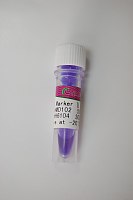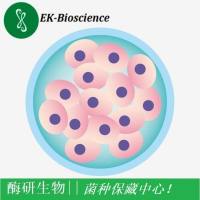Use of Gene Targeting to Study Recombination in Mammalian DNA Repair Mutants
互联网
互联网
相关产品推荐

SARS-CoV-2 (2019-nCoV) Spike Gene ORF cDNA clone expression plasmid (Codon Optimized)
¥4690

D15000分子量标准(D15000 DNA Marker)
¥100

XRCC4/XRCC4蛋白Recombinant Human DNA repair protein XRCC4 (XRCC4)重组蛋白X-ray repair cross-complementing protein 4蛋白
¥1836

PREB/PREB蛋白/Mammalian guanine nucleotide exchange factor mSec12蛋白/Recombinant Human Prolactin regulatory element-binding protein (PREB), partial重组蛋白
¥69

灰色链霉菌/灰色链霉菌/IMAS Study Class M4.3
¥1500
相关问答
推荐阅读
Use of Gene Targeting to Study Recombination in Mammalian Cell DNA Repair Mutants
Protocols for Use of Homologous Recombination Gene Targeting to Produce MicroRNA Mutants in Drosophila
Gene Targeting at the Chromosomal Immunoglobulin Locus: A Model System for the Study of Mammalian Homologous Recombination Mechanisms

